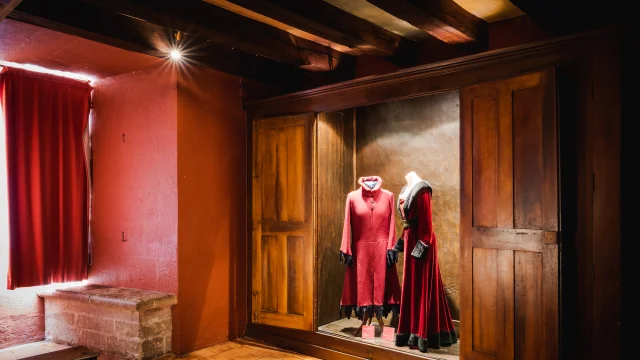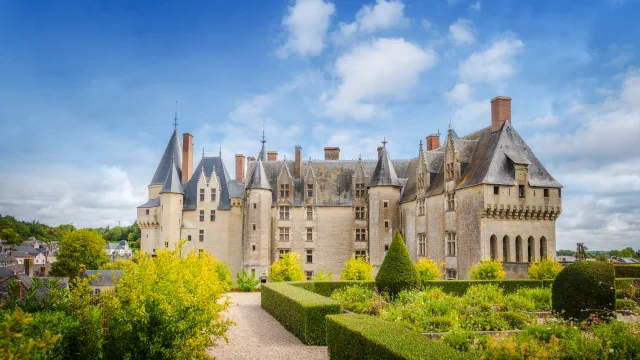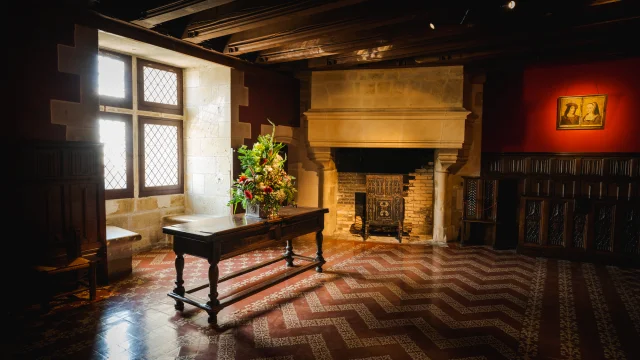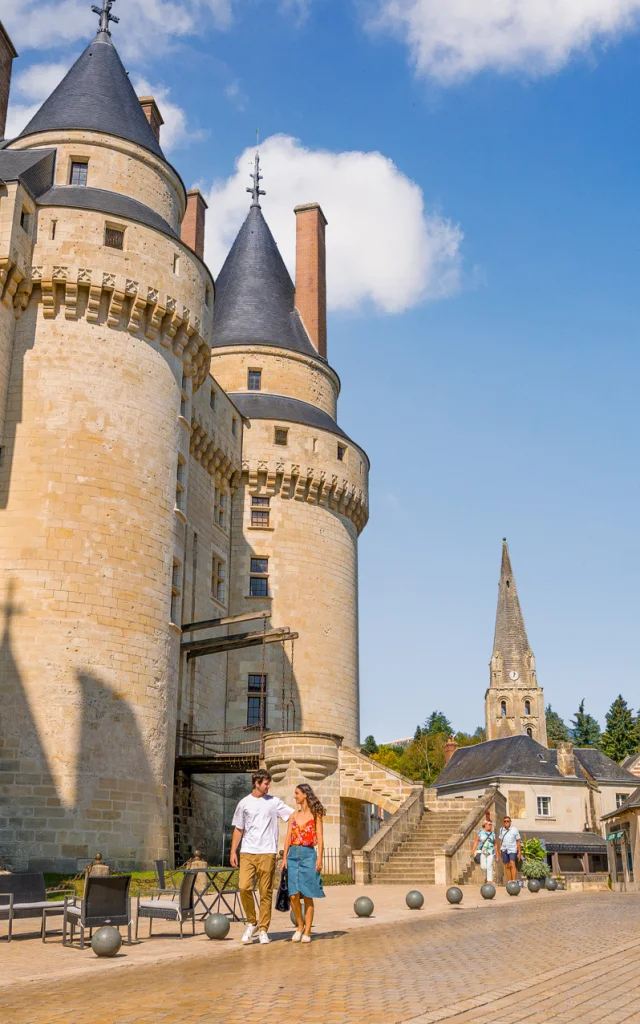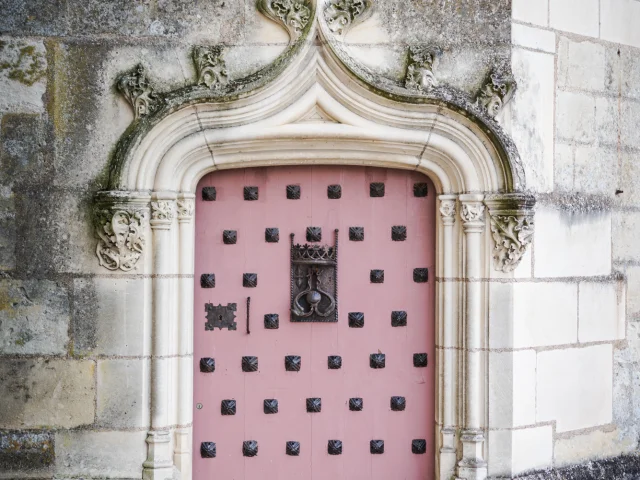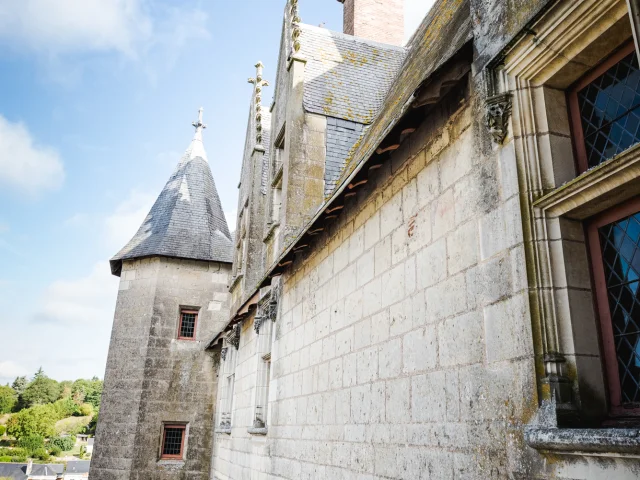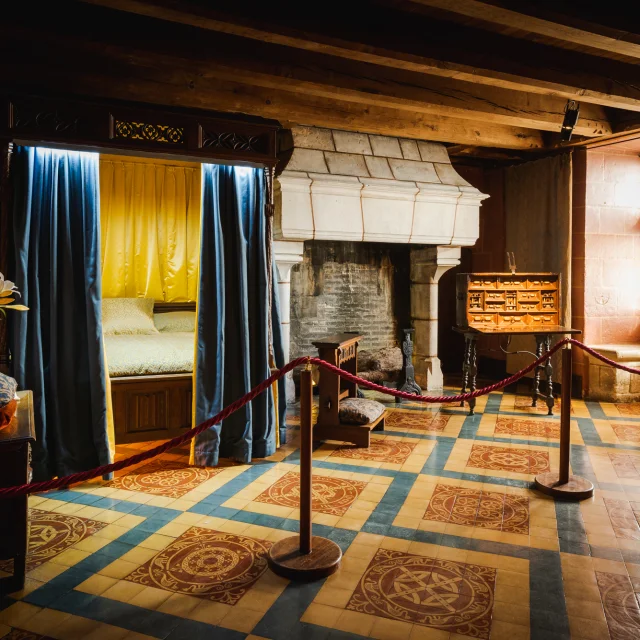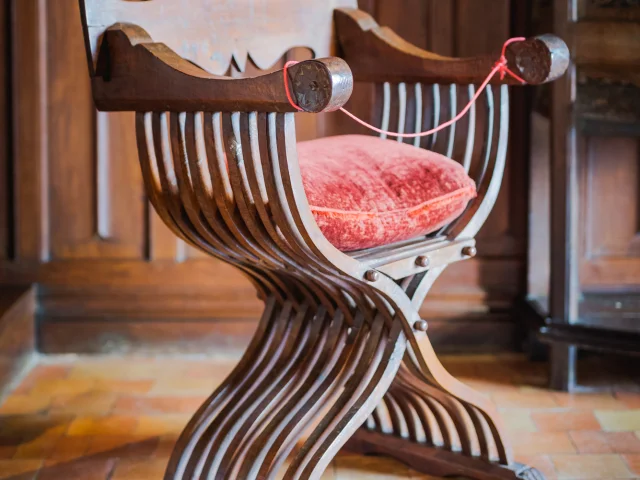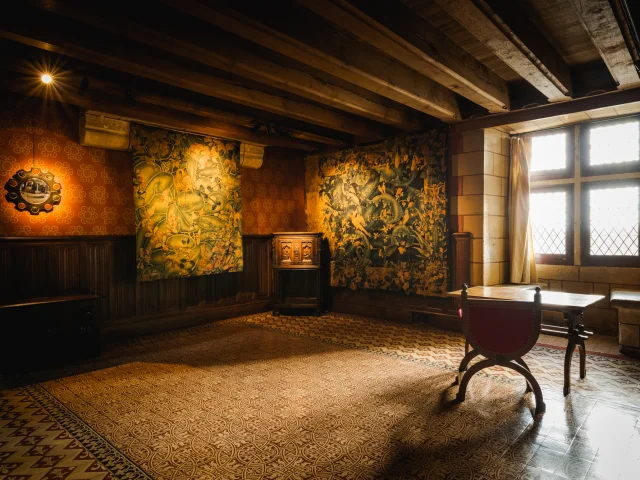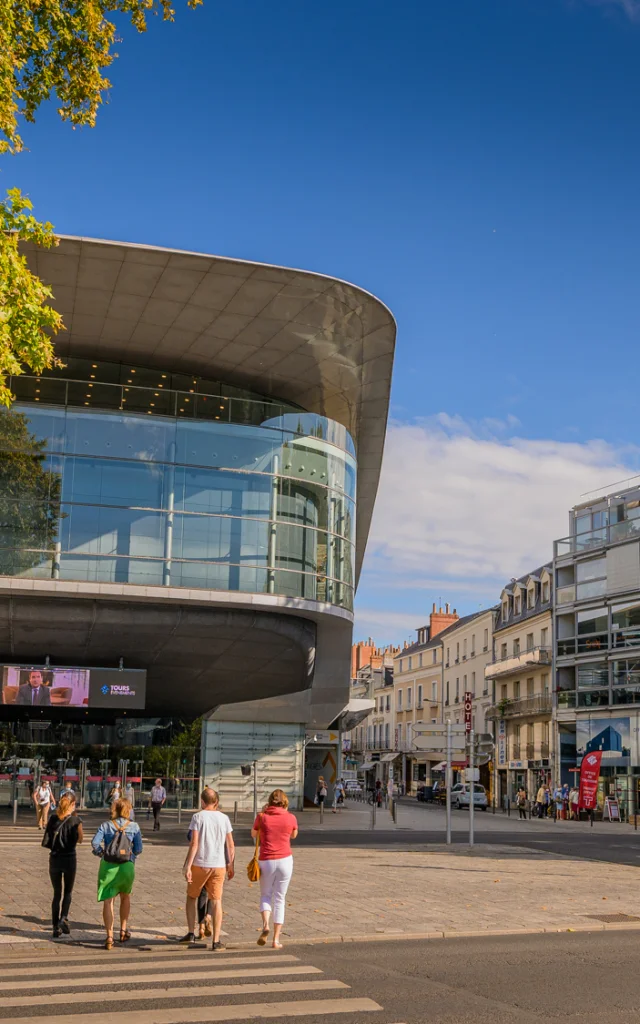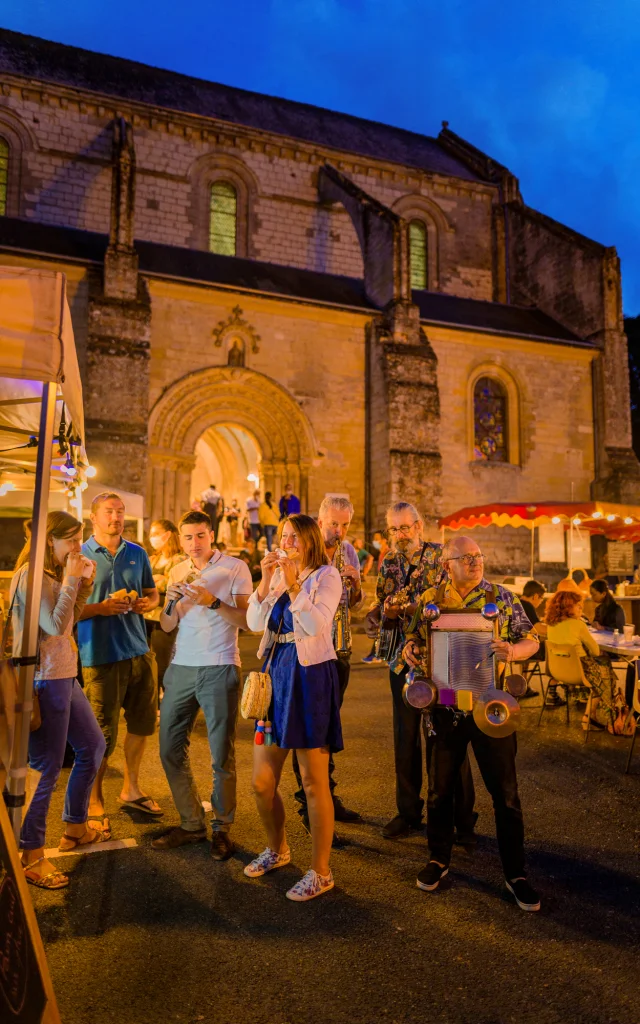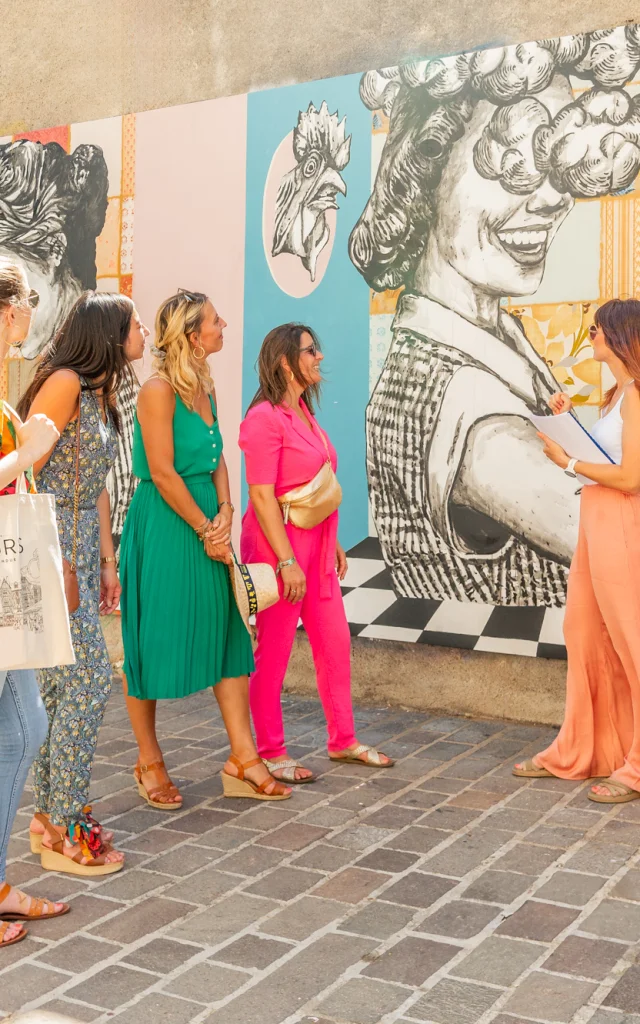Who was Louis XI really?
Born in Bourges in 1423, Louis XI made a profound mark on the history of Touraine. After a childhood spent between Loches and Amboise, this sovereign with a passion for architecture transformed the region into a veritable centre of royal power. An astute strategist, he had the castle of Plessis-lès-Tours built as his main residence.
Nicknamed “the universal aragon“, this multi-faceted monarch spread his influence far beyond the kingdom’s borders. His negotiating skills and taste for the arts had a lasting impact on the Val de Loire. At Langeais, his will as a builder was fully expressed: in 1465, he had an innovative fortress built there, a unique combination of medieval defensive power and incipient Renaissance refinement.
The construction of the fortified castle in 1465
Confided to Jean Bourré, loyal adviser to the King, and Jean Briçonnet, mayor of Tours, the construction of the new castle marked a turning point in the history of Langeais. On the remains of the old fortress destroyed during the Hundred Years’ War, work got off to an ambitious start. Workmen bustled around the large towers and drawbridge, while lifting equipment was busy hoisting the tufa stone.
The work progressed rapidly: in just four years, an innovative residence rose from the ground. This bold project reflected Louis XI’s vision: to create a residence combining the defensive power of a château-fort with the first refinements of a seigneurial residence. An architectural feat that already heralds the future splendours of the Val de Loire.
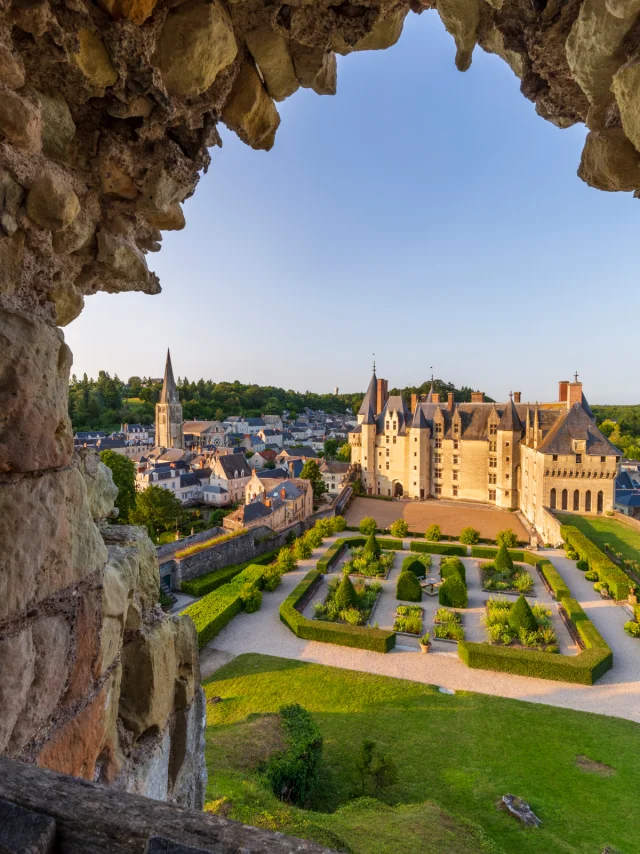 Château de Langeais
Château de Langeais

